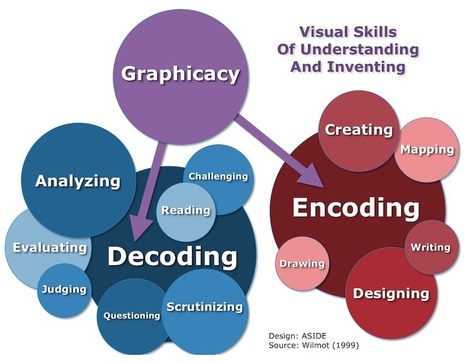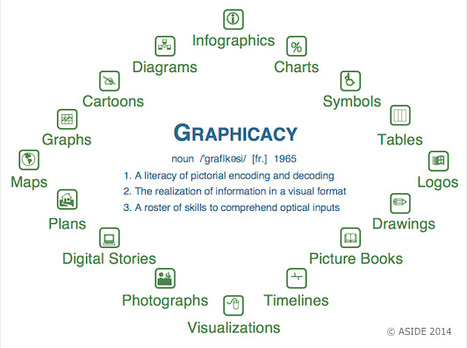"The misconceptions about visual thinking are alarming. On one hand, this critical skill seems integral for contemporary learning, since almost every modern input is visual in nature. Yet this key proficiency seems almost entirely absent from state standards and daily classroom lessons."
Research and publish the best content.
Get Started for FREE
Sign up with Facebook Sign up with X
I don't have a Facebook or a X account
Already have an account: Login
Tech tools that assist all students to be independent learners & teachers to become better teachers
Curated by
Beth Dichter
 Your new post is loading... Your new post is loading...
 Your new post is loading... Your new post is loading...

Melissa Marshall's curator insight,
August 7, 2014 11:58 PM
Here are some great graphical resources found in the WSJ! Obviously some are quite Americanised but there are some great ones you could use for a discussion on statistics, skewed data or how data is used in the media to reinforce a bias.

Peter Sampson's curator insight,
October 24, 2013 5:35 PM
Love what well made graphic novels make possible for more visual learners. |
Nancy Jones's curator insight,
March 25, 2015 12:17 PM
The whole field of visual literacy and interpretation has exploded in the last 25 years. It is time to recognize its value and teach our students not only the ability to decipher and interpret them, but to create them as well. |
















Sketch notaking is just one way!
Thx Beth Dichter